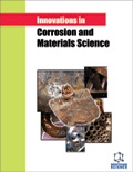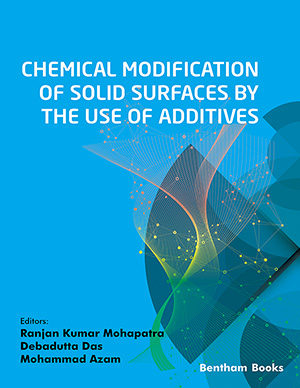Abstract
Localized corrosion, in the form of pitting is one of the most dangerous degradation processes of the metallic structures in Cl-containing aqueous environment. It is the major cause of unpredictable leakage of fluids, like petroleum products, causing accidents. Of the three parameters, pitting potential (Epit), pit density and pit depth, representing the severity of the damage, the maximum pit depth, which indicates the growth of a pit in vertically downwards, is the most important. It decides the time of onset of the damage and initiation process of a structural failure. Pit depth has been mathematically modeled. It is seen that the pit depth is strongly influenced by the electrochemical force ΔE=E-Epit and time of duration Δt, after incubation period, along with few other factors. Pit has been measured under scanning electron microscopy and optical microscopy with different conditions. The experimental data are found to be good match with the predicted ones from the model. The pictorial image of Chloride distribution inside and outside the pit, simulated by Finite Element Method (FEM), shows that the concentration of Cl is maximum at and near the mouth of the pit. It is in complete agreement with the mechanism of the pit growth.
Keywords: Pitting corrosion, pit depth, modeling, pit growth, electrochemical factors, chloride, FEM.
 30
30 1
1





